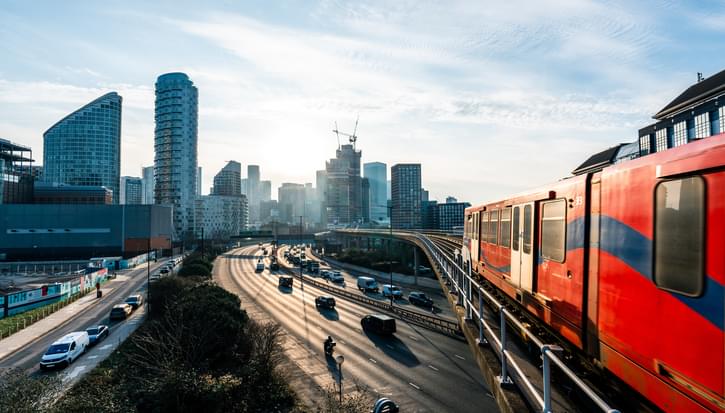
Stride and ride: England's path from laggard to leader in walking, wheeling, and cycling
Article
There is overwhelming evidence that investment in active travel infrastructure brings significant benefits.
These include large returns on investment, addressing emissions from road transport, reducing regional inequalities, and improving health. Despite this, investment has remained low, and walking, wheeling, and cycling rates in the UK lag behind much of Europe.
To deliver truly world class active travel infrastructure, government must learn from previous successes in the UK and further afield to ramp up its spending on active travel and provide longer-term certainty to local authorities.
Related items

Planes, trains and automobiles: How green transport can drive manufacturing growth in the UK
Transport is essential to our lives. Unfortunately, it is currently also the largest source of UK domestic carbon emissions.
Regional economies: The role of industrial strategy as a pathway to greener growth
Regions like the North should have a key role to play in the development of a green industrial strategy.
2030 and beyond: Great British Energy's role in the green transition
The UK government created Great British Energy to help deliver secure, clean and affordable electricity.